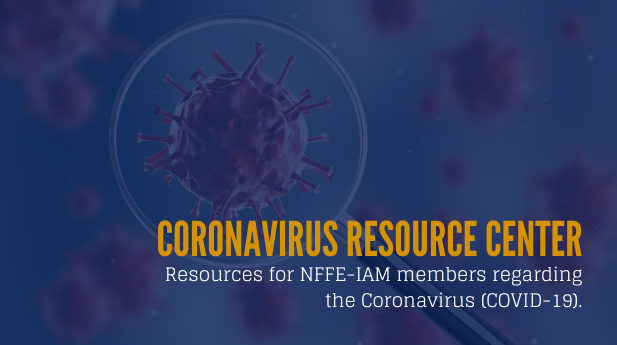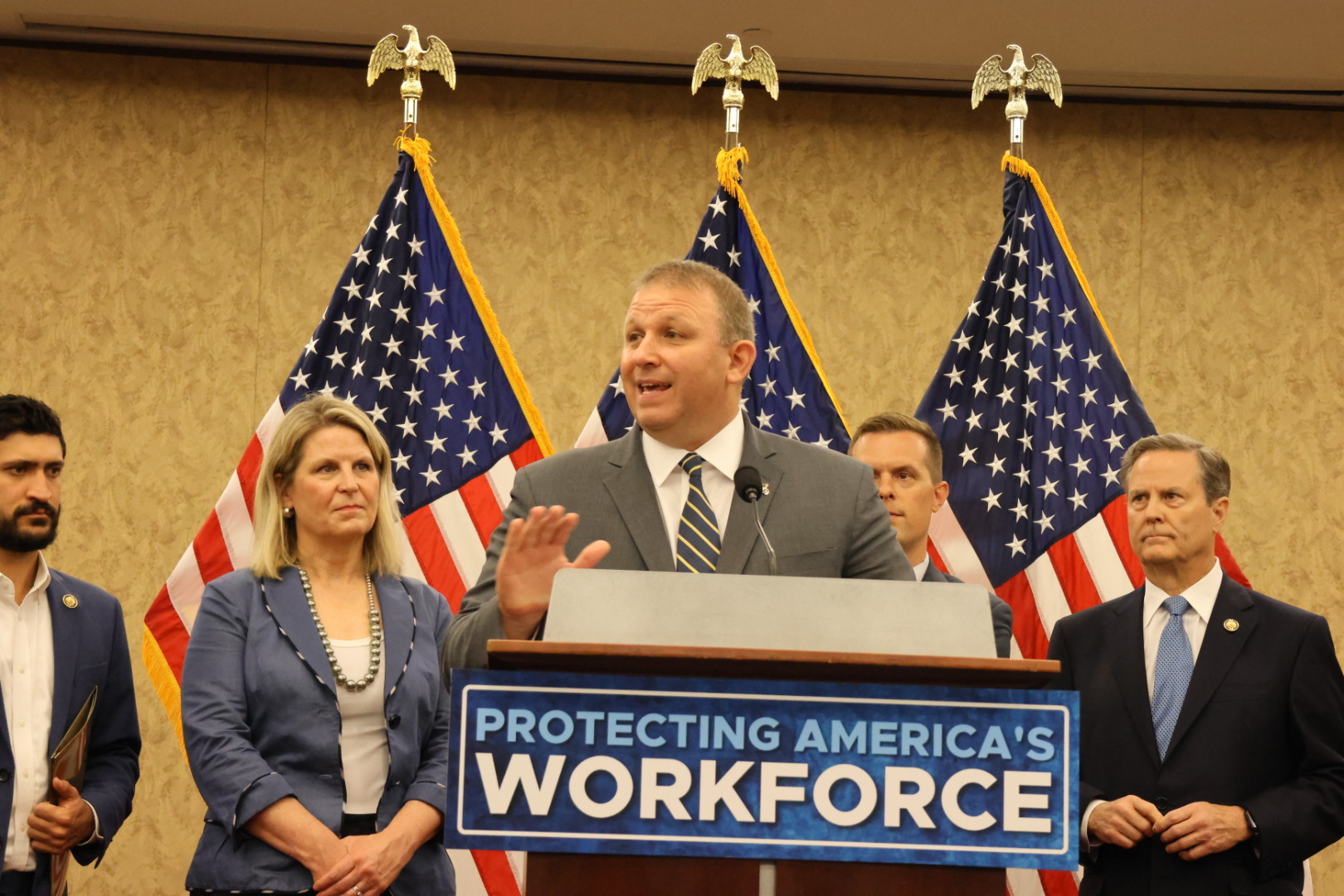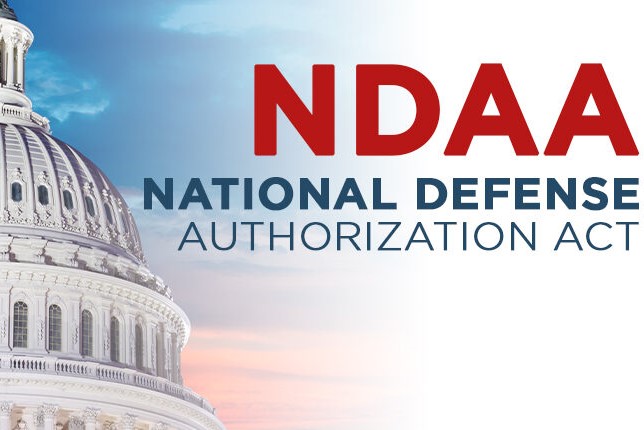
Note: Information on this website may change as the situation, recommendations and resources evolve. Please check back frequently.
About the Coronavirus Outbreak
“COVID-19,” a new coronavirus, has been identified as the cause of a cluster of severe pneumonia cases that emerged in Wuhan, Hubei Province, China in December 2019.
Thousands of contacts are under observation and hundreds of cases have been confirmed in Wuhan. Additional cases have been identified in Japan, South Korea, Thailand and the United States.
About “COVID-19”
The virus is a coronavirus, which is a large family of viruses that can infect animals and/or humans. COVID-19 is similar to the viruses that cause SARS (Severe Acute Respiratory Syndrome) and MERS (Middle East Respiratory Syndrome).
Symptoms include fever and/or symptoms of lower respiratory illness such as coughing or difficulty breathing.
With some viruses, the infectious period precedes symptoms and with other viruses it coincides with symptoms.
Human-to-human transmission is confirmed. However, whether the disease is transmitted via contact, droplet, or aerosol remains unknown. It is also unknown whether asymptomatic cases are infectious.
Employers Must Prepare to Keep Workers Safe
There is often debate about what actions to take and when they should be taken in situations where knowledge is lacking about a specific health threat. Employers often prioritize saving money over safe care and wait to act. Delay in action is unacceptable.
Stay Up-To-Date
Please see the links below for the most up-to-date information on this rapidly evolving situation.
- World Health Organization (WHO) Situation Reports
- Centers for Disease Control and Prevention (CDC) Coronavirus Situation Summary
- U.S. Occupational Safety and Health Administration COVID-19 Overview
- European Centre for Disease Prevention and Control’s Worldwide Situation Update
Advice for Healthcare Workers
Hospitals and other healthcare employers have the duty and responsibility to prepare ahead of time to protect staff and patients by following the precautionary principle. The precautionary principle states that we should not wait until we know for sure that something is harmful before we take action to protect people’s health. Your employer should prepare now, before a possible COVID-19 case arrives at your facility.
Employers can prepare by implementing the following:
- Provide training and education about the virus and how to recognize potential cases.
- Implement screening protocols to promptly identify patients with symptoms and travel history or exposure history that mean the patient may have a COVID-19 infection.
- Ensure prompt isolation of patients with possible or suspected cases of COVID-19. These patients should be placed in airborne infection isolation rooms whenever possible until COVID-19 has been ruled out or the patient has recovered.
- Maintain airborne infection isolation rooms so that they provide protection to staff and patients
- Provide personal protective equipment (PPE) to health care workers providing care to patients with possible COVID-19 infections. PPE should include N95 respirators plus covering of the eyes or powered air-purifying respirators (PAPRS) as well as gloves, gowns, and other PPE for droplet and aerosol precautions.
- Place sufficient staff to provide care to patients safely.
Ways to protect yourself and others from coronavirus:
There is currently no vaccine to prevent Corona virus infection, the best way to protect yourself from infection is to avoid being exposed to this virus.
The following advice from the UN lists everyday habits that can help prevent the spread of the virus:
- Frequently wash your hands with warm water and soap for at least 20 seconds or use an alcohol-based hand sanitizer.
- Cover your mouth and nose with a flexed elbow or tissue when sneezing or coughing.
- Avoid touching your eyes, nose and mouth with unwashed hands.
Avoid close contact with anyone who has a fever or cough. - Stay at home if you are sick.
Seek early medical help if you have a fever, cough and difficulty breathing, and share your travel history with healthcare providers. - Avoid direct, unprotected contact with live animals and surfaces in contact with animals when visiting live markets in affected areas.
Avoid eating raw or undercooked animal products and exercise care when handling raw meat, milk or eggs to avoid cross-contamination.


